Simvastatin improves the homing of BMSCs via the PI3K/AKT/miR-9 pathway
- PMID: 26871266
- PMCID: PMC4831354
- DOI: 10.1111/jcmm.12795
Simvastatin improves the homing of BMSCs via the PI3K/AKT/miR-9 pathway
Abstract
Bone marrow-derived mesenchymal stem cells (BMSCs) have great therapeutic potential for many diseases. However, the homing of BMSCs to injury sites remains a difficult problem. Recent evidence indicates that simvastatin stimulates AKT phosphorylation, and p-AKT affects the expression of chemokine (CXC motif) receptor-4 (CXCR4). Therefore, simvastatin may improve the expression of CXCR4 in BMSCs, and microRNAs (miRs) may participate in this process. In this study, we demonstrated that simvastatin increased both the total and the surface expression of CXCR4 in BMSCs. Stromal cell-derived factor-1α (SDF-1α)-induced migration of BMSCs was also enhanced by simvastatin, and this action was inhibited by AMD 3100(a chemokine receptor antagonist for CXCR4). The PI3K/AKT pathway was activated by simvastatin in this process, and LY294002 reversed the overexpression of CXCR4 caused by simvastatin. MiR-9 directly targeted CXCR4 in rat BMSCs, and simvastatin decreased miR-9 expression. P-AKT affected the expression of miR-9; as the phosphorylation of AKT increased, miR-9 expression decreased. In addition, LY294002 increased miR-9 expression. Taken together, our results indicated that simvastatin improved the migration of BMSCs via the PI3K/AKT pathway. MiR-9 also participated in this process, and the phosphorylation of AKT affected miR-9 expression, suggesting that simvastatin might have beneficial effects in stem cell therapy.
Keywords: AKT; BMSCs; CXCR4; microRNA; simvastatin.
© 2016 The Authors. Journal of Cellular and Molecular Medicine published by John Wiley & Sons Ltd and Foundation for Cellular and Molecular Medicine.
Figures
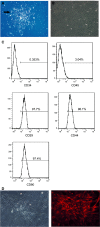

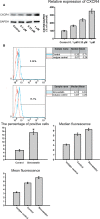


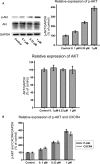
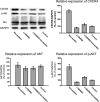


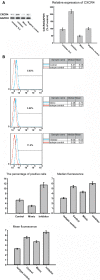
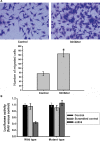

References
-
- Fisher SA, Brunskill SJ, Doree C, et al Stem cell therapy for chronic ischaemic heart disease and congestive heart failure. Cochrane Database Syst Rev. 2014; 4: Cd007888. - PubMed
-
- Vaquero J, Zurita M. Bone marrow stromal cells for spinal cord repair: a challenge for contemporary neurobiology. Histol Histopathol. 2009; 24: 107–16. - PubMed
Publication types
MeSH terms
Substances
LinkOut - more resources
Full Text Sources
Other Literature Sources

